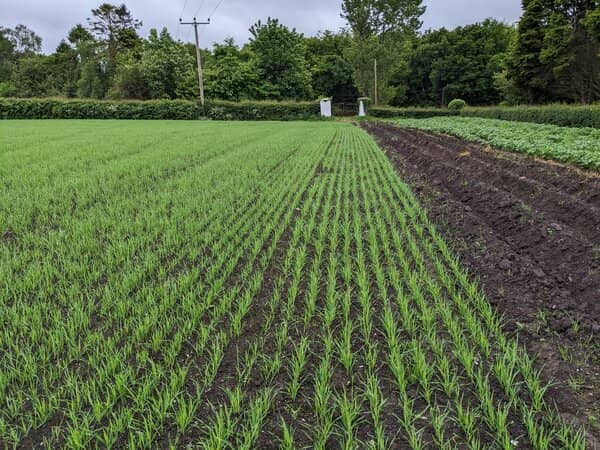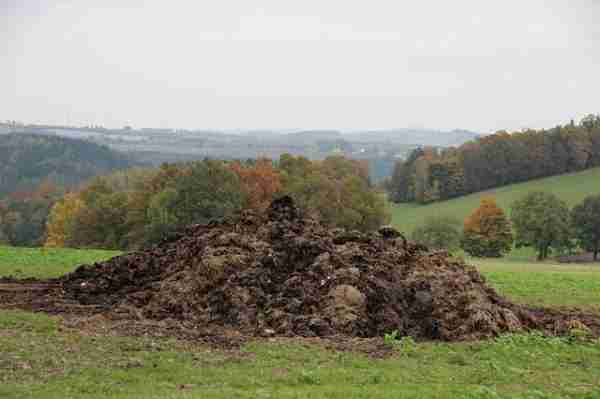Sustainable agriculture plays a crucial role in ensuring the long-term health of our planet and food systems. As we strive for more environmentally friendly and socially responsible farming practices, regenerative agriculture has emerged as a promising approach.
In this article, we will explore the concept of regenerative agriculture, its core principles, and the benefits it offers. By adopting regenerative practices, farmers can restore soil health, promote biodiversity, and contribute to a more sustainable future.
Defining Regenerative Agriculture
Regenerative agriculture can be defined as a holistic approach to farming that aims to regenerate and restore the health of ecosystems.
Unlike conventional farming practices that often focus solely on maximizing yields, regenerative agriculture takes into account the long-term sustainability of agricultural systems. It seeks to create a mutually beneficial relationship between farmers and the environment, ensuring the regeneration of resources rather than their depletion.
The Benefits of Regenerative Agriculture
Regenerative agriculture offers a multitude of benefits, both for the environment and for farmers themselves.
By implementing regenerative practices, farmers can contribute to carbon sequestration, reduce chemical inputs, and enhance biodiversity. These practices also promote healthier soil, leading to increased water retention and improved nutrient cycling.
On the economic front, regenerative agriculture can enhance the resilience of farming systems. By diversifying crops and adopting regenerative techniques, farmers can reduce the risk of crop failure and build more robust and sustainable businesses.
Additionally, regenerative practices often lead to higher productivity, allowing farmers to achieve better yields over the long term.
Core Principles of Regenerative Agriculture
Regenerative agriculture is built upon several core principles that guide its practices and outcomes. These principles include:
Soil Health
Healthy soil is the foundation of regenerative agriculture. By focusing on improving soil health, farmers can enhance its fertility, structure, and biological activity.
This is achieved through techniques such as cover cropping, composting, and minimizing soil disturbance. Healthy soils not only support plant growth but also sequester carbon, reduce erosion, and retain water.
Biodiversity
Biodiversity plays a critical role in regenerative systems. By promoting a diverse range of plants, animals, and beneficial insects, farmers can create resilient ecosystems.
This, in turn, helps control pests, improve pollination, and enhance nutrient cycling. Integrating trees, hedgerows, and diverse cover crops into farming landscapes can significantly contribute to biodiversity conservation.
Water Management
Effective water management is essential for sustainable agriculture. Regenerative practices aim to minimize water usage while maximizing its efficiency.
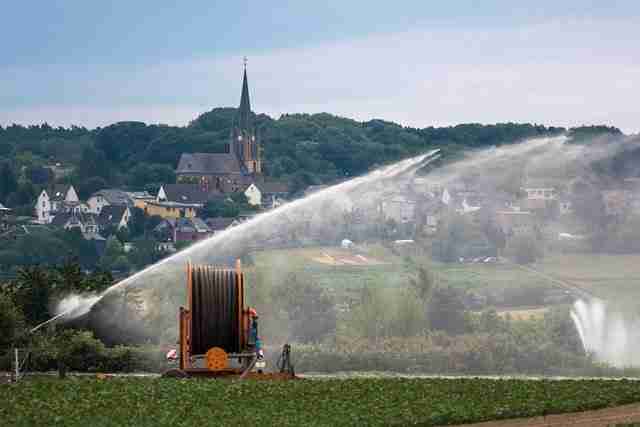
Techniques such as rainwater harvesting, contour plowing, and efficient irrigation systems help conserve water resources. By reducing water waste and optimizing water availability, farmers can create more resilient farming systems.
Ecosystem Restoration
Regenerative agriculture seeks to restore and enhance natural ecosystems within agricultural landscapes. By reintroducing native plants, creating wildlife habitats, and restoring wetlands or riparian zones, farmers can promote ecological balance and resilience.
Ecosystem restoration in regenerative agriculture contributes to improved soil health, increased biodiversity, and enhanced ecosystem services such as natural pest control and water filtration.
Regenerative Practices and Techniques
A wide range of regenerative practices and techniques are available for farmers to implement on their farms. These practices are designed to support the core principles of regenerative agriculture and enhance overall sustainability. Some common regenerative practices include:
Cover Cropping
Cover cropping involves growing a variety of plants during fallow periods or alongside cash crops. These cover crops help improve soil health by preventing erosion, suppressing weeds, and adding organic matter to the soil when they are eventually incorporated. Cover crops also enhance nutrient cycling, attract beneficial insects, and provide habitat for wildlife.
Crop Rotation
Crop rotation involves systematically alternating the types of crops grown in specific fields over time. This practice helps break pest and disease cycles, reduces soil nutrient depletion, and improves soil structure. By rotating crops, farmers can also optimize resource utilization and enhance overall farm productivity.
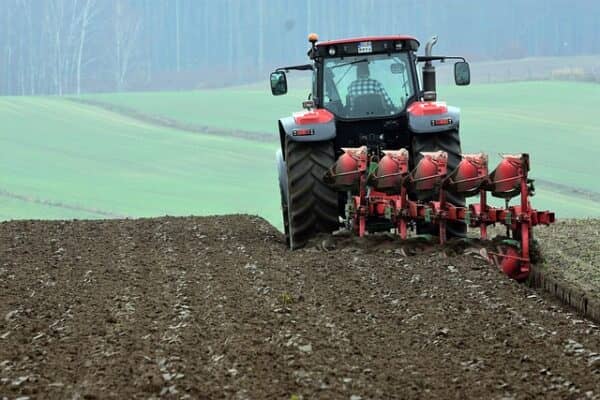
Agroforestry
Agroforestry is the integration of trees and agricultural crops or livestock within the same system. This practice provides multiple benefits, including shade for crops, windbreaks, improved soil fertility through leaf litter, and the potential for additional income streams from tree products. Agroforestry systems enhance biodiversity, carbon sequestration, and the overall sustainability of agricultural landscapes.
Conservation Tillage and No-Till Farming
Conservation tillage, strip tillage and no-till farming practices minimize soil disturbance during planting and cultivation.
By reducing or eliminating plowing and tilling, farmers can preserve soil structure, reduce erosion, and enhance water infiltration. These practices also help sequester carbon in the soil, improve soil moisture retention, and promote beneficial soil microbial activity.
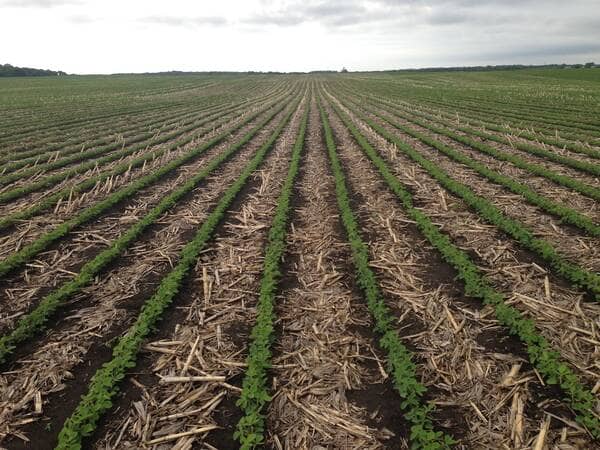
Animal Integration
Integrating animals into farming systems is another important aspect of regenerative agriculture. Rotational grazing, where animals are moved periodically to different pastures, allows for better distribution of grazing pressure and promotes healthy forage growth.
Managed intensive grazing practices ensure that animals graze intensively but for short durations, mimicking natural grazing patterns. These practices enhance soil fertility, nutrient cycling, and overall ecosystem health.
Case Studies and Success Stories
Numerous farms and organizations around the world have successfully implemented regenerative agriculture practices. These pioneers have demonstrated the positive outcomes and transformative potential of regenerative approaches.
Examples include farms that have restored degraded lands, improved soil health, and increased biodiversity. These success stories highlight regenerative agriculture’s ability to create sustainable and resilient farming systems.
Challenges and Considerations
While regenerative agriculture offers immense promise, it is not without its challenges. Transitioning from conventional practices to regenerative methods requires knowledge, planning, and sometimes financial investments. Limited access to information, technical support, and market opportunities can hinder widespread adoption.
Education and awareness play a vital role in overcoming these challenges. Farmers, policymakers, and consumers need to understand the benefits and long-term impacts of regenerative agriculture. Supportive policies and financial incentives can also help accelerate
the transition and create an enabling environment for regenerative practices to thrive.
Conclusion
Regenerative agriculture represents a transformative approach to farming that focuses on restoring and regenerating our ecosystems. By prioritizing soil health, biodiversity, water management, and ecosystem restoration, regenerative practices offer a pathway to more sustainable and resilient agricultural systems.
Embracing regenerative agriculture has the potential to address environmental challenges, enhance farmer livelihoods, and contribute to a healthier and more sustainable future for generations to come.

